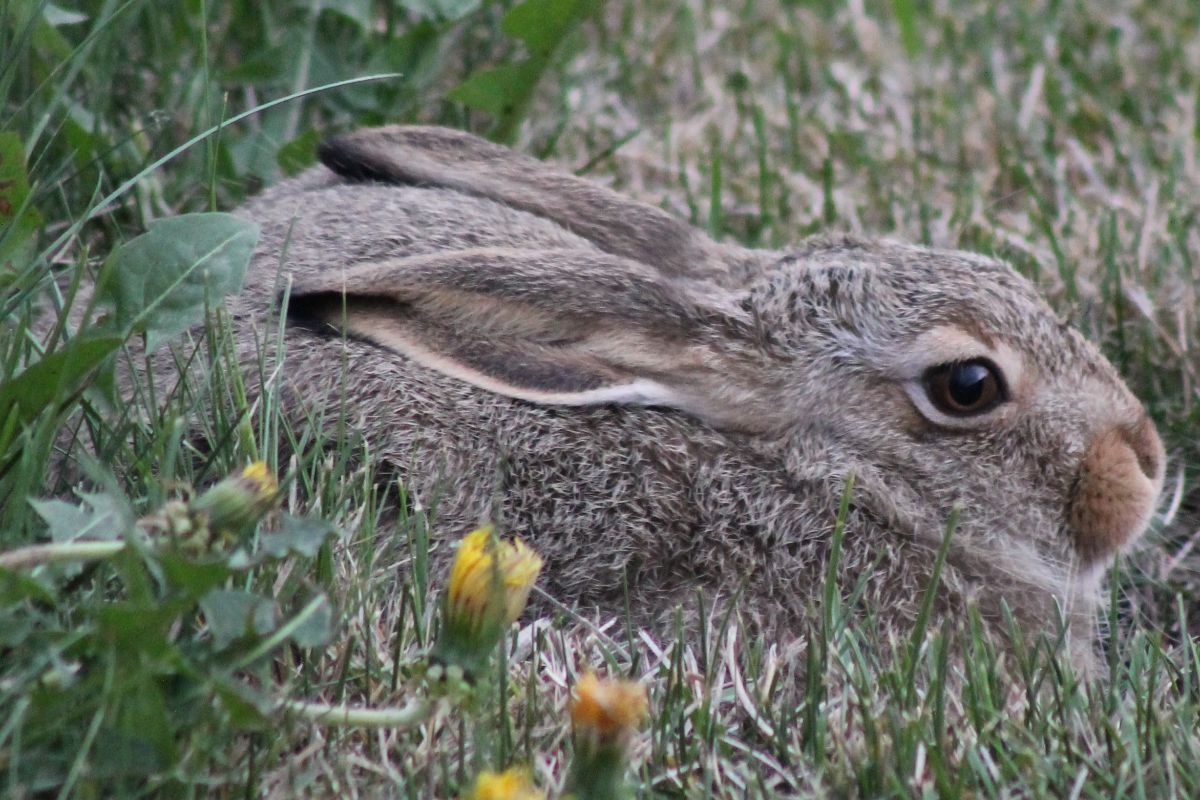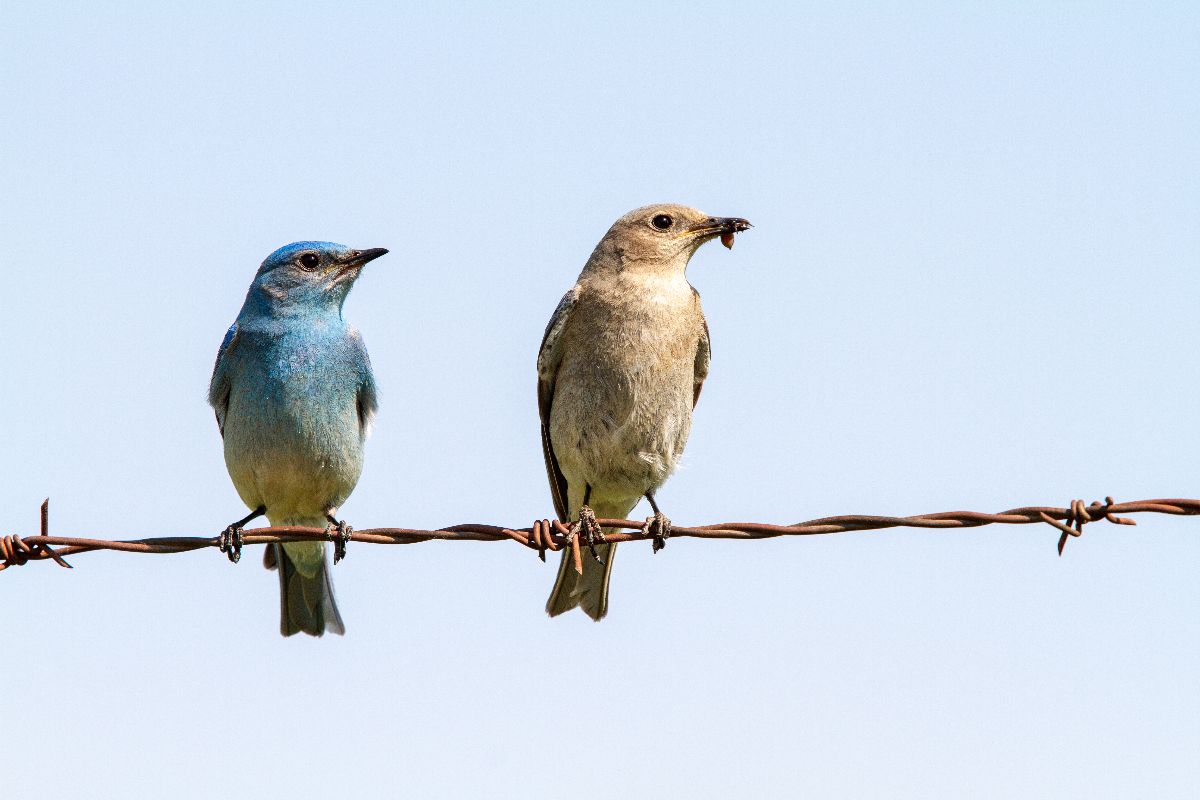Here is another set of photos from Southwest Alberta, courtesy of Raymond Toal.

American Kestrel.

Osprey.

Killdeer.

Great Blue Heron.

American White Pelican.

Sandhill Crane.

Common Yellowthroat (male).

Swainson’s Hawk.

Brewer’s Blackbird.

Yellow-rumped Warbler (Myrtle).


















































